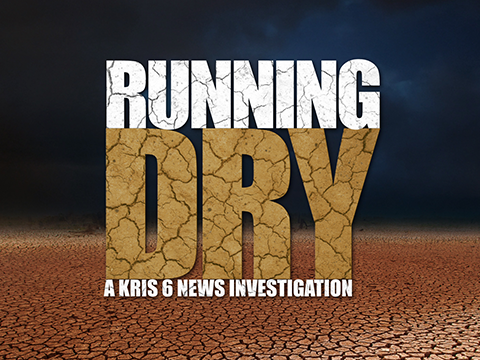September is recognized as National Preparedness Month, a time for Texans to take stock, replenish and review their emergency plans in case of a manufactured or natural disaster. After the disruption to the electrical grid by February’s winter storm, the Better Business Bureau is encouraging Texas residents to take disaster preparation seriously and recommends including winter storm preparation into their standard emergency plan.
First established in 2004 by the Federal Emergency Management Agency, National Preparedness Month encourages everyone to prepare for all emergencies. According to a 2017 report by NASA, Texas ranked 1st in the U.S. in the variety and frequency of natural disasters. Numerous natural disasters frequently occur within Texas, including flooding, wildfires, tornadoes, hurricanes, hail storms, sinkholes, erosion and drought.
Katie Galan with the Better Business Bureau says, "to properly prepare for a wide range of possible scenarios, the Texas Department of State Health Services recommends Texas residents follow three steps when preparing for a natural disaster or unintentional incident. They are get informed, build a kit and prepare to protect."
Be Informed:
- Take the time to consider the types of disasters you may face based on your geographic location or other nearby risks of an unpredictable incident occurring.
- Review the recommended steps to prepare for natural disasters by visiting TexasReady.gov.
- Unpredictable incidents may also occur in your area, which originates from manufactured catastrophes. Be sure to consider your risk of being exposed to a chemical, radiation, biological or explosive incident and develop an emergency plan for your household if such an incident occurs.
Make a Plan
- Sit down with your household and think through different emergency or disaster situations and what would be the best response. Consider possible scenarios, such as a loss of cellphone connectivity, the age and level of understanding of your children, possible shelters in case your home is destroyed or a meeting area in case you are separated.
- An emergency plan includes immediate actions and expected actions during the preparation of a disaster and dealing with the stress, emotions, and mental health in the aftermath.
- Establishing and maintaining a line of communication with local authorities is vital to receive direction on the need to shelter in place, evacuate or receive the “all-clear” message. Think about establishing this communication if the disaster has shut down cellphone networks, internet or electricity. If it is recommended to shelter in place, do you have what you need to survive for at least 72 hours.
Build a Kit
- No matter the type of disaster, there are a few items that you will need to have in your emergency kits, such as food, water and essential supplies for your family and pets. Depending on whether local authorities recommend sheltering in place or evacuating, you may want to create a smaller kit of basic supplies in a backpack that you can carry with you if roads are shut down and traveling by foot is the only way to reach an evacuation zone.
- Chances are, most of the essential items for your emergency kit are already located in your home. Keep a list of things that need to be added to the kit at the last minute, such as medications or important documents. Make sure to pack a basic first-aid kit as well, preferably in a waterproof container.
- Take into consideration what type of extra supplies members of your household may require to evacuate safely. Elderly members may need a wheelchair, walker or cane, hearing aids, or medications that must remain cold.
Galan says, anyone with questions or concerns about a scam, product or business should log onto bbb.org for more.




